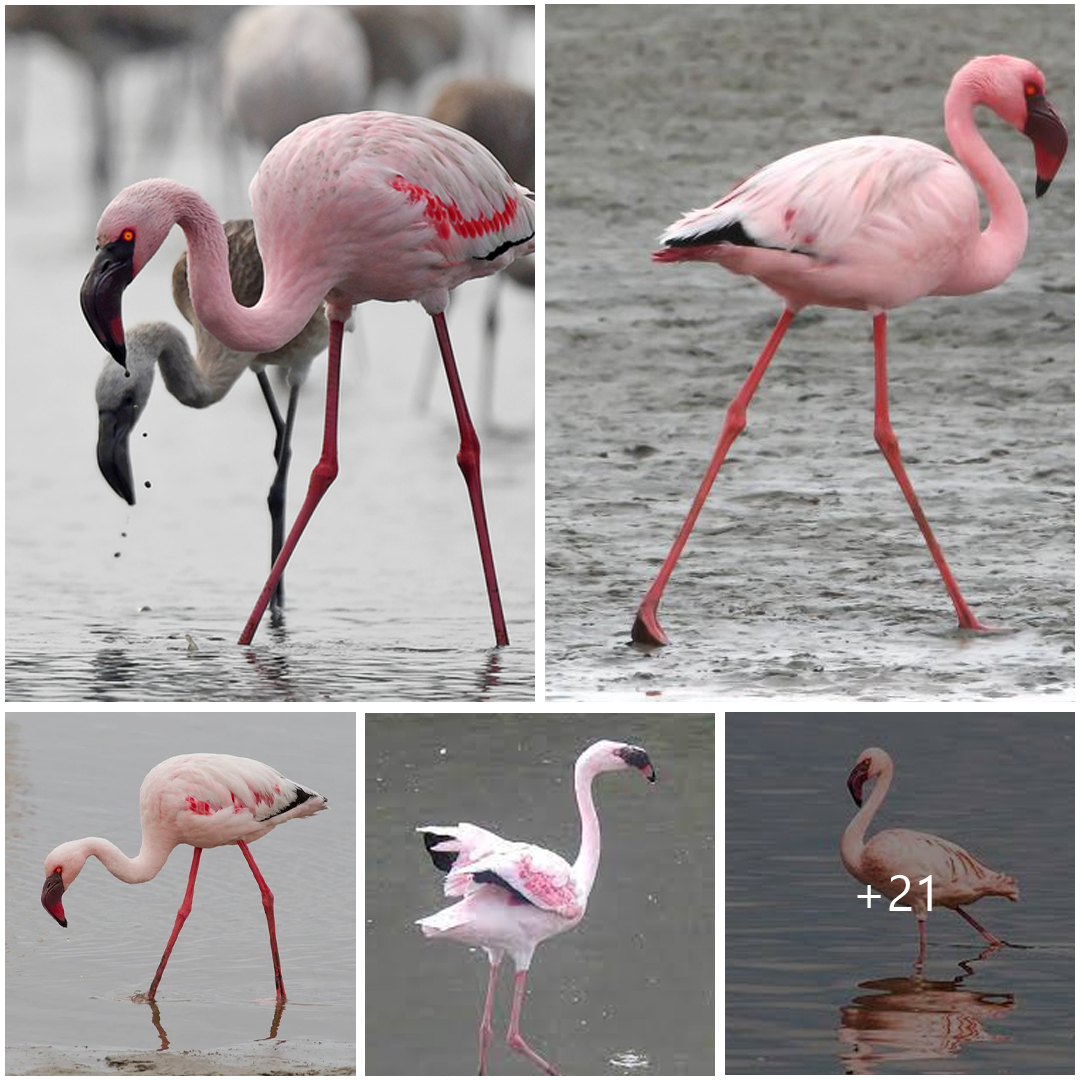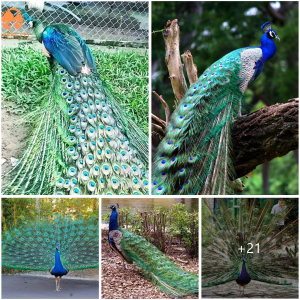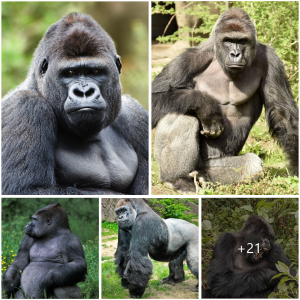
Phoenicopteridae: A Fascinating Insight into Flamingos
Introduction: Phoenicopteridae, commonly known as flamingos, are iconic birds renowned for their vibrant plumage and distinctive behaviors. Belonging to the order Phoenicopteriformes, these elegant creatures have captured the fascination of both scientists and admirers of nature for centuries. This article delves into the captivating world of Phoenicopteridae, exploring their biology, habitat, behavior, and conservation status.
Biology and Morphology: Flamingos are characterized by their long necks, stilt-like legs, and uniquely shaped bills, which they use to filter-feed on algae, small invertebrates, and crustaceans in their aquatic habitats. Their striking pink or reddish plumage is a result of their diet rich in carotenoid pigments. Despite their vibrant appearance, flamingos are not born with this coloration; instead, they acquire it over time as they consume their preferred food sources.
Habitat and Distribution: Phoenicopteridae are predominantly found in shallow, alkaline or saline lakes, lagoons, and estuarine habitats across the globe, ranging from Africa and Europe to the Americas and parts of Asia. These environments provide ample food sources and nesting sites for flamingos, where they form large, often spectacular colonies.
Behavior and Social Structure: Flamingos are highly social birds, often congregating in large flocks numbering in the thousands. Their social interactions include synchronized movements, vocalizations, and elaborate courtship displays, which are essential for pair bonding and mate selection. These displays often involve intricate dances and postures, showcasing the birds’ agility and grace.
Conservation Status: Despite their cultural significance and widespread recognition, flamingos face numerous threats to their survival, including habitat loss, pollution, climate change, and disturbance to nesting sites. Several species of Phoenicopteridae are listed as either near threatened or vulnerable on the IUCN Red List, highlighting the urgent need for conservation efforts to protect these majestic birds and their fragile habitats.
Conclusion: Phoenicopteridae, or flamingos, are not only symbols of grace and beauty but also important indicators of the health of their surrounding ecosystems. By understanding their biology, behavior, and habitat requirements, we can work towards ensuring the long-term survival of these iconic avian species. Through conservation initiatives and public awareness, we can strive to preserve the legacy of Phoenicopteridae for generations to come.





